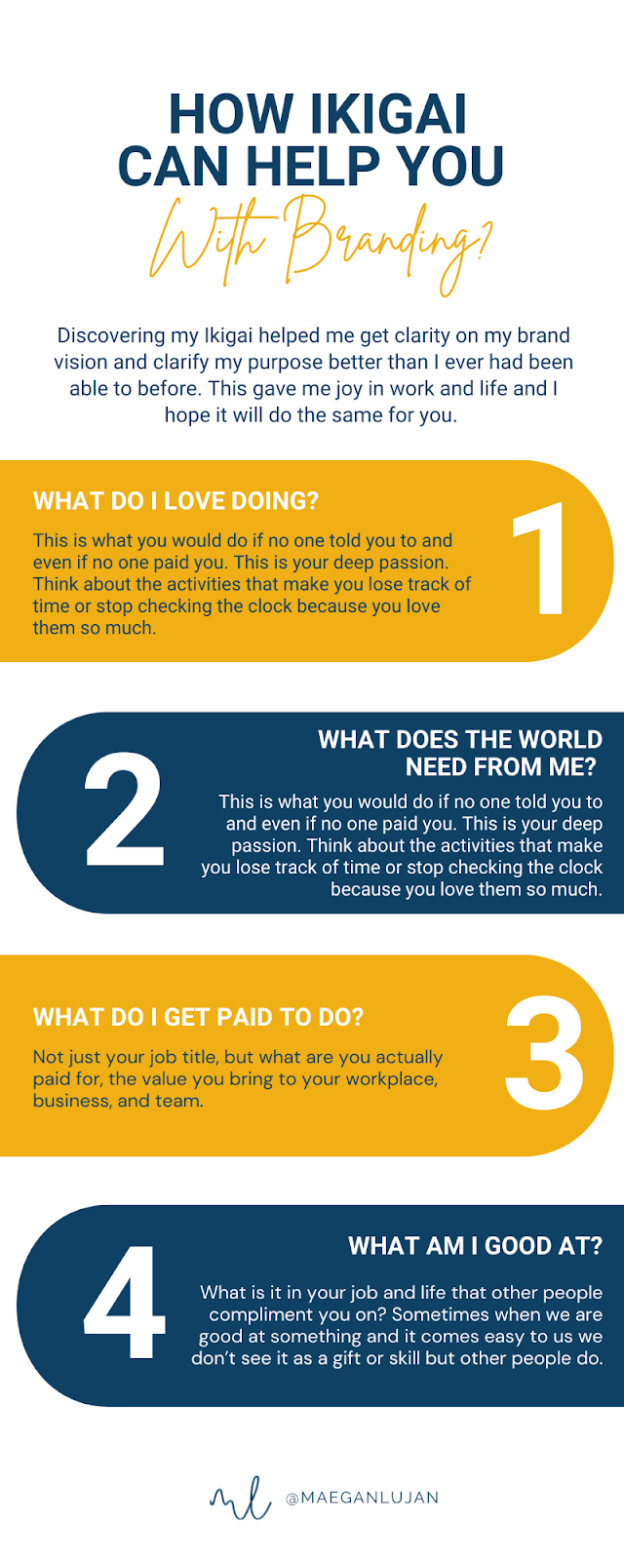It was the end of 2019 when I sat down with my mentor the CEO of Toshiba, Scott Maccabe to discuss my personal development plan.
He thought I needed to add Japanese business model management to my portfolio of skills knowing this would foster my development and understanding of Toshiba’s company and culture. We were deep in the middle of this plan when COVID hit hard and virtualized most of the business force and teams at Toshiba.
This gave me more time at home to think on and develop a plan of my own with the CEO’s advice. That is when I came across the Japanese concept of Ikigai (pronounced “ee-kay-uh”). Ikigai is a combination of two Japanese words that mean “to live” and “hope for.” Translating to something like, “reason to live” or “purpose.”
I love that.
This was the hack that I needed to uncover the core of my purpose.
The practice of Ikigai teaches that everyone has a purpose or reason to live, their Ikigai. But identifying that purpose requires a journey of self-discovery which is often challenging but the rewards are so worth it.
I talk a lot about getting up each morning ready to chase the sunrise. Your Ikigai is what will make you want to do just that. Your purpose and passion will drive you.
My book A Million Little clicks has so many exercises and strategies to help you uncover your passion, values, and brand pillars. Discovering your Ikigai is one of those exercises. Discovering my Ikigai helped me get clarity on my brand vision and clarify my purpose better than I ever had been able to before. This gave me joy in work and life and I hope it will do the same for you.
So let’s walk through it…
Here are the questions to ask yourself:
- What do I love doing?
This is what you would do if no one told you to and even if no one paid you. This is your deep passion. Think about the activities that make you lose track of time or stop checking the clock because you love them so much.
- What does the world need from me?
This is what you have to offer. Your skill sets and knowledge. Think about what people would be willing to pay you for? What do people come to you for advice on?
- What do I get paid to do?
Not just your job title, but what you are actually paid for, the value you bring to your workplace, business, and team.
- What am I good at?
What is it in your job and life that other people compliment you on? Sometimes when we are good at something and it comes easy to us we don’t see it as a gift or skill but other people do.
Once you have answers to these questions, you can put them into the Ikigai diagram. Here you can see where your Passion, Mission, Profession, and Vocation meet. The overlap is your Ikigai.
To find these values, formulate your answers into sentences that will be the foundation of your Ikigai like this:
Now the life work is to find the balance between your passion, mission, vocation, and profession. All of these values work together to provide you engaging work that you enjoy and that serves others.
You need all of these together.
If you have a profession that pays you and even involves your passion but does not include mission and vocation you can have some satisfaction but a feeling of uselessness. If you combine your passions with your mission but neglect the other two you will have delight and joy but no wealth. Mission and vocation together without the others can provide excitement but too much uncertainty. Vocation and profession alone together can make you feel comfortable but stuck and somewhat empty.
But together there is a beautiful harmony of work and life balance.
This is a special combination that you have that can bring you greater joy and fulfillment and help you serve the world. You can now take what you have learned and create your brand mission statement.
Like this:
Try out this exercise. I would love to know how it goes for you so come on over to my LinkedIn profile and let me know!
If you want to dive deeper into this exercise and many more brand clarity ones you will want to grab my new book as soon as it incomes out here. May your purpose drive you.










